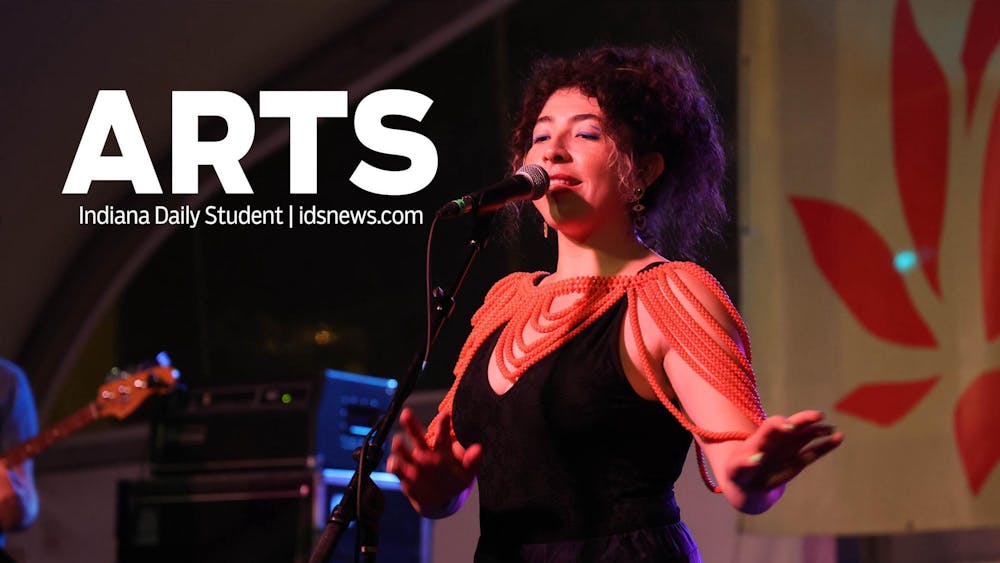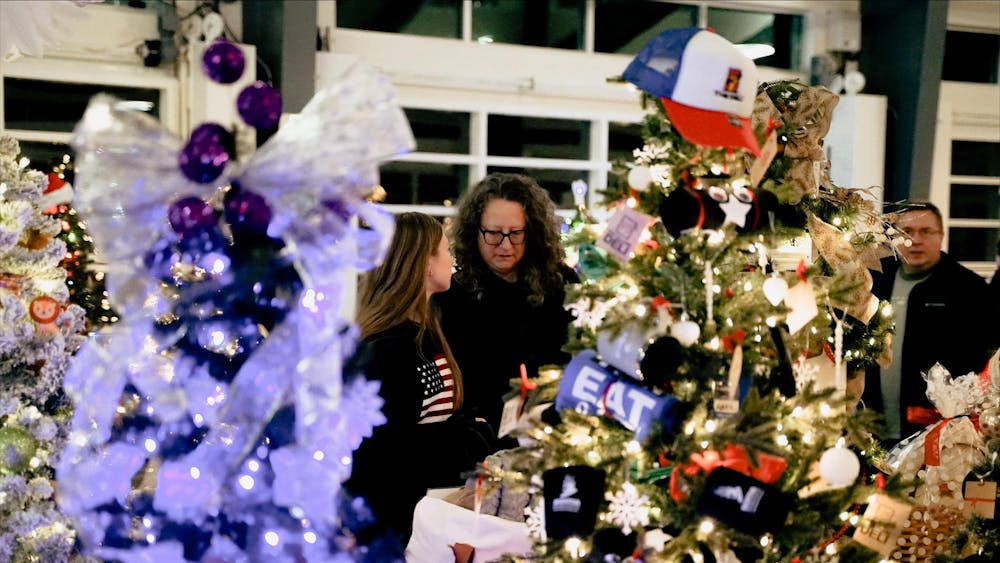NEW YORK -- Days before the fourth anniversary of the 2001 attacks, a photographer is offering intimate images of death and love inside Ground Zero at a new museum that brings you nose-to-nose with the smoldering pit.\n"If people want to come past the security gates and see what our world was like down in the hole, this is as close as they can come to it," said Gary Marlon Suson, the official Ground Zero photographer for the Uniformed Firefighters Association, the city firefighters' main union.\nSuson spent eight months at the site with recovery workers searching for the remains of the 2,749 people who died on a sunny September morning, including 343 firefighters. His time in "The Pit" comes alive at the Ground Zero Museum Workshop of photographs, videos and artifacts, opening Sept. 8.\nLast year, Suson went to Amsterdam, Netherlands, and visited the home of Anne Frank, the Jewish teenager who wrote a diary of her life before the Nazis sent her to the Bergen-Belsen death camp.\n"Within two hours of being in there, I felt like I'd come to know this little girl. It put a face on the Holocaust," said the 33-year-old Suson. "I went back to the hotel and cried."\nThe experience inspired him to create the 1,000-square-foot museum, whose rooftop he stood upon in 2001 to take images of the Trade Center collapse.\n"I felt if I could create something that would have an effect on people similar to the one the Anne Frank museum had on me, it could help people connect more to 9-11. If you can't connect, you can't heal," he said.\nAt the second-floor museum in Manhattan's Meatpacking District, visitors are met by 3-D displays of photographs that pull the viewer close to the terror, dirt, sweat -- and death.\nSuson took one of the first photos of the firefighter honor guard that carried remains as they were found. He shot the scene in close-up, as he did other moments, such as a firefighter helping carry out the remains of his own son.\nThe museum has tangible vestiges of the Twin Towers, including pieces of window glass, lobby marble and jagged beam steel. One display case holds a beer can from 1971, when construction workers building the new towers shoved it between two steel beams before sealing them. The can was pried from the metal at Ground Zero, twisted and rusty.\nOne jarring item is a frozen clock, its simple black hands stopped at 10:02, and the small one at 14. The south tower collapsed first that day, at 10:02:14 a.m. The clock came from a room with a weightlifting bench used by Port Authority Trans-Hudson train workers.\nSuson, an actor and playwright, contributed thousands of dollars toward the $60,000 museum; the rest came from private donations. Proceeds from the $15 entrance fee ($12 for seniors and children) will go to six charities linked to Sept. 11, some benefiting families.
Remembering 9-11 in visual exhibits
New museum dedicated to artifacts from Ground Zero
Get stories like this in your inbox
Subscribe





